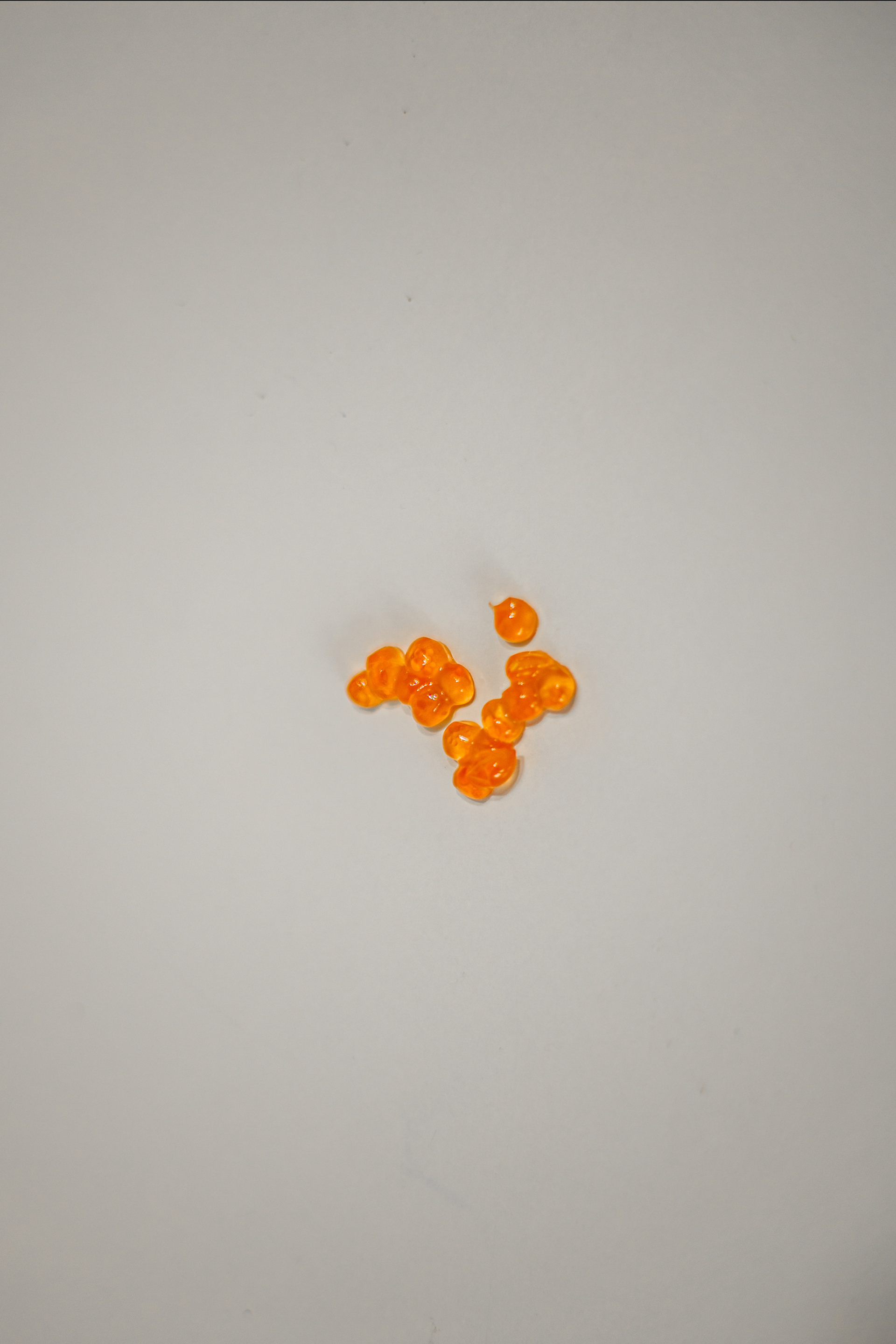
Mom’s hormone
People try to explore motherhood from different sides in order to understand what is its essence, what feelings fulfill a woman in relation to her little child. It’s impossible to answer, on the one hand, but, on the other hand, the key is simple and clear.
Causa causarum — cyclic changing of hormonal levels that happens every month and during pregnancy. Progesterone and estrogens stimulate the growth of the uterus and mammary glands. In the body of women of childbearing age estradiol is dominant and it’s responsible for maintaining a healthy pregnancy. The hypothalamus and pituitary gland in the brain produce a number of hormones, such as luteinizing hormone, which causes the egg to leave the ovary.
Oxytocin, the hormone of tenderness, love and affection, circulates in the blood of a pregnant and lactating woman. It causes contractions and helps a baby to be born. The hormone prolactin is responsible for lactation, while oxytocin is needed to release milk from breast. The more the hormone of love in a woman’s body is contained, the stronger and tenderer her feelings for the people around her are and the less stress and fear she feels. Almost immediately after childbirth many hours of painful contractions become forgotten.
Many sleepless nights mother spends when her baby have a stomachache or teething. This is the flip side of motherhood. A woman needs to be strong to withstand all the stages of growing up of her child and not get depressed. Testosterone helps to stay enduring. It is important to be able to maintain an emotional connection with a child, despite the physical exhaustion.
Hormonal balance is fundamental to women’s health. A happy mother is a stunning example of the fact that in our imperfect world it is important not to only survive, but to enjoy every manifestation of life.

















